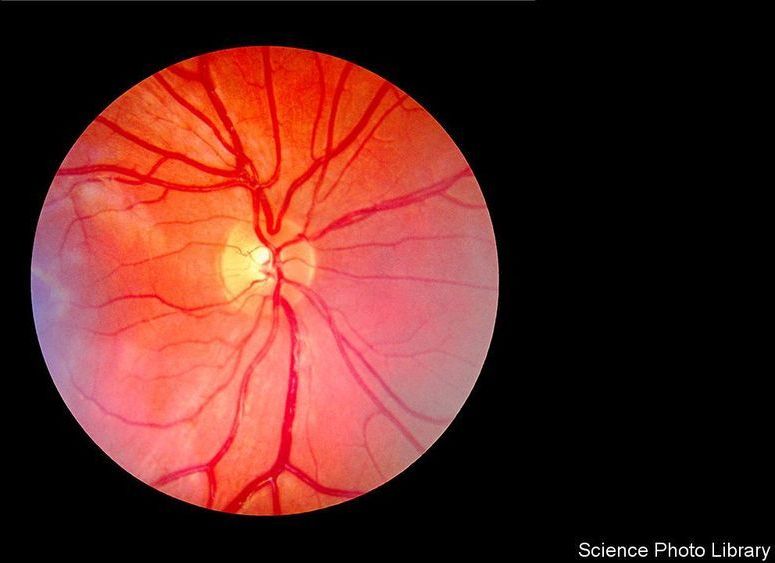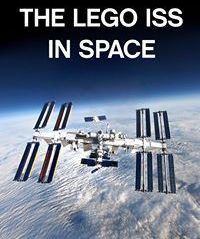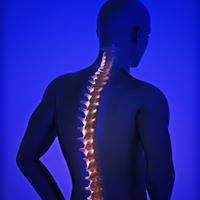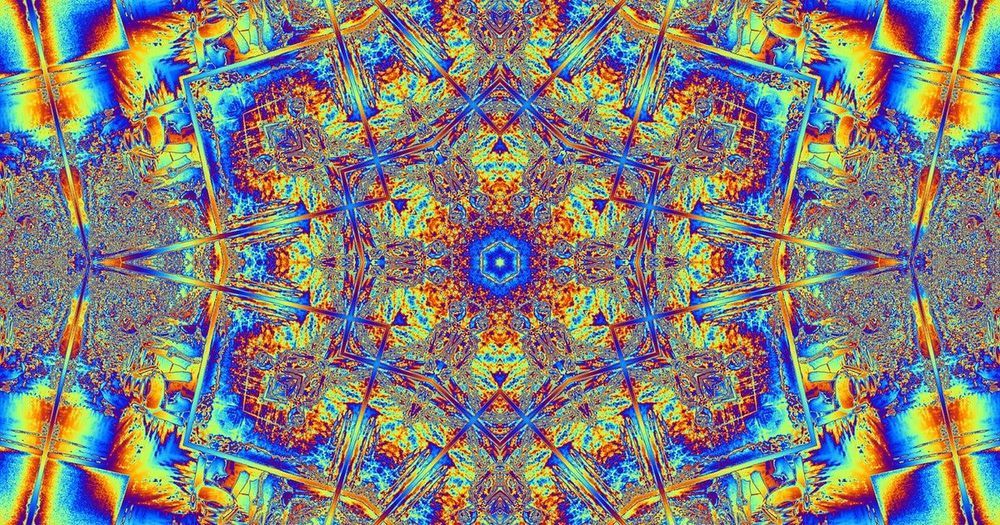Jan 21, 2020
Catching a glimpse of the gamma-ray burst engine
Posted by Quinn Sena in categories: mobile phones, space
Circa 2019
A gamma-ray burst registered in December of 2017 turns out to be “one of the closets GRBs ever observed”. The discovery is featured in Nature – and it has yielded valuable information about the formation of the most luminous phenomenon in the universe. Scientists from the Niels Bohr Institute at the University of Copenhagen helped carrying out the analysis.
Jonatan Selsing frequently receives text messages from a certain sender regarding events in space. It happens all around the clock, and when his cell phone goes ‘beep’ he knows that yet another gamma-ray burst (GRB) notification has arrived. Which, routinely, raises the question: Does this information — originating from the death of a massive star way back, millions if not billions of years ago – merit further investigation?
Continue reading “Catching a glimpse of the gamma-ray burst engine” »
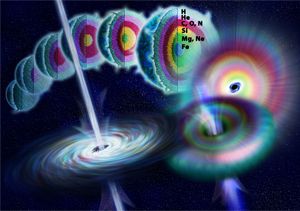
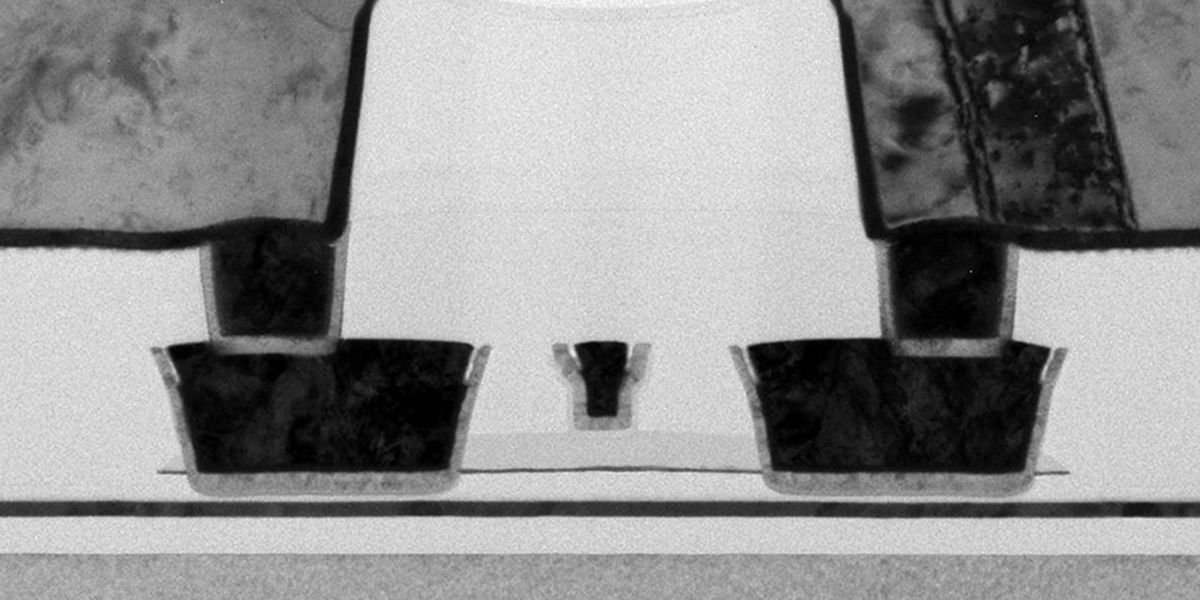 Devices made with 2D semiconductors might start to appear sooner than you expected.
Devices made with 2D semiconductors might start to appear sooner than you expected.
